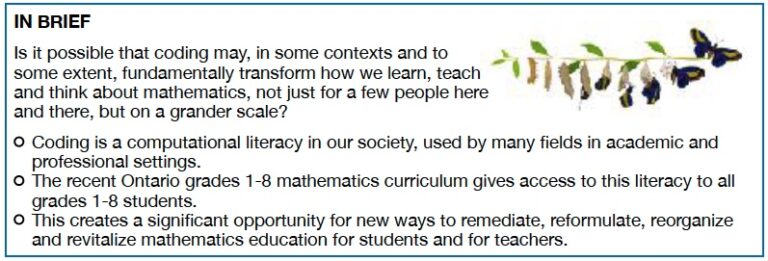
Grade 9 Math + Coding Workshop
5 October 2021, (c) George Gadanidis
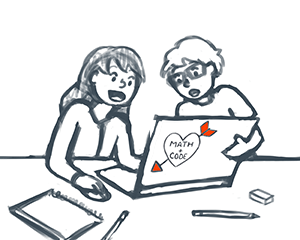
A. WHAT’S NEW?
GRADES 1-9
- Coding across all grades, in algebra (and beyond).
- Some more sophisticated mathematics.
- A focus on the beauty, aesthetics and wonder of mathematics.
- Social-emotional learning skills.
GRADE 9
- De-streamed classes.
- Research and tell a mathematics story.
B. BIG PICTURE #1
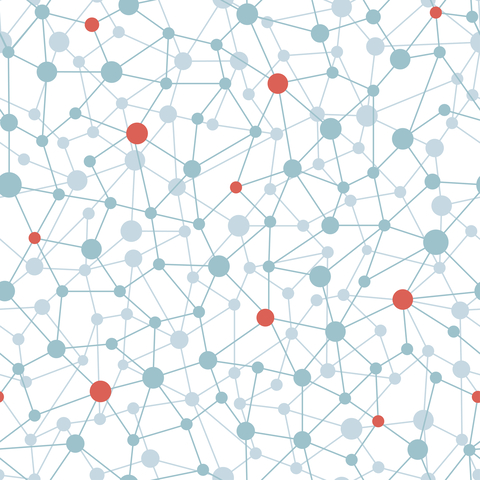
START WITH CODE THAT WORKS
- Have students execute the code to see its output
- Ask them to alter the code to model the different intervals in the table
- Ask: how does the code do what the table does?
- Ask them to share what they understand and what they have questions about
- Have students try to answer one another’s questions
- Don’t be in a hurry to explain
YOU DON’T HAVE TO BE THE EXPERT
- Make “understanding” their “problem”
- For example:
- Print and post the code on a whiteboard
- Draw arrows to the parts that students are unsure about
- Students may use sticky notes to write/post descriptions of what the code sections do
- The more you explain the less they will think about it
GET READY TO BE SURPRISED
- I’ve spend many, many days in grades 1-10 classrooms co-teaching with math + coding
- A common event is teachers telling me to look at a student whose engagement and understanding surprises them
C. INEQUALITIES
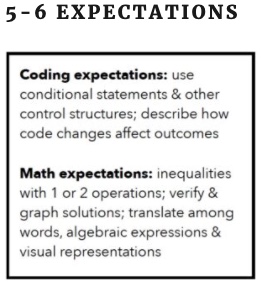
1. PUZZLE #1
- Go to https://scratch.mit.edu/projects/540216861/editor/
- Run the code. The output is shown below.
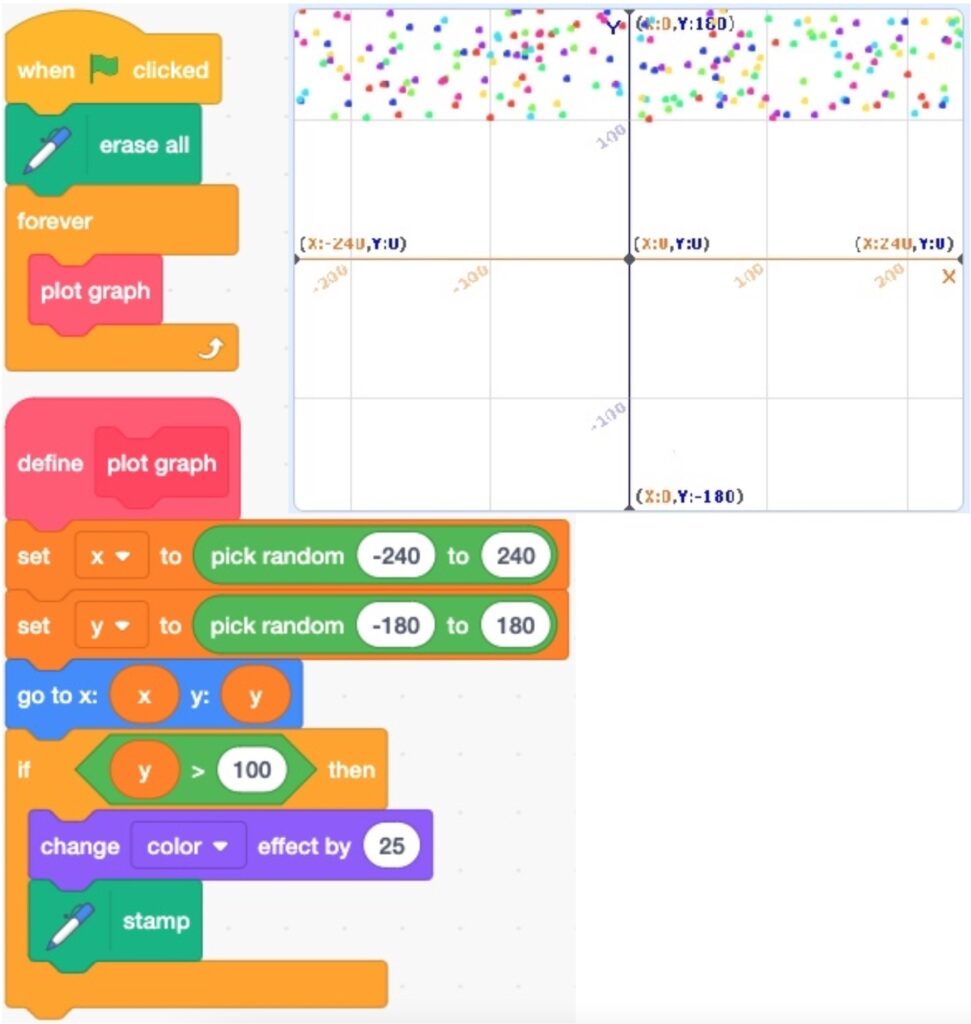
1.1
A. Alter the code to get the following output.
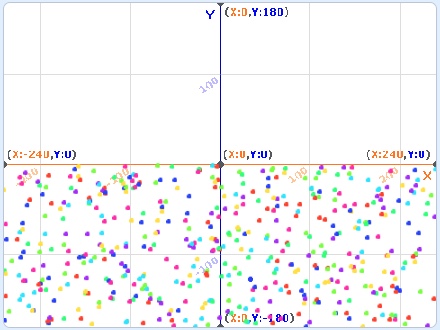
B. Alter the code to get the following output.
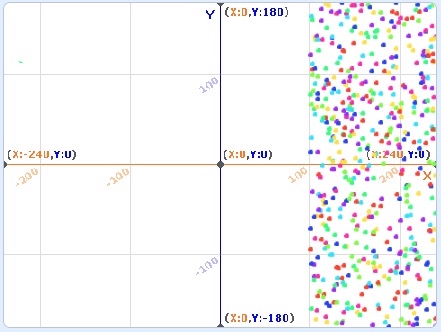
1.2
Alter the code in other ways and notice the effect.
- What part of the code do you understand?
- What part of the code do you have questions about?
2. PUZZLE #2
- Go to https://scratch.mit.edu/projects/540229313/editor/
- Run the code. The output is shown below.
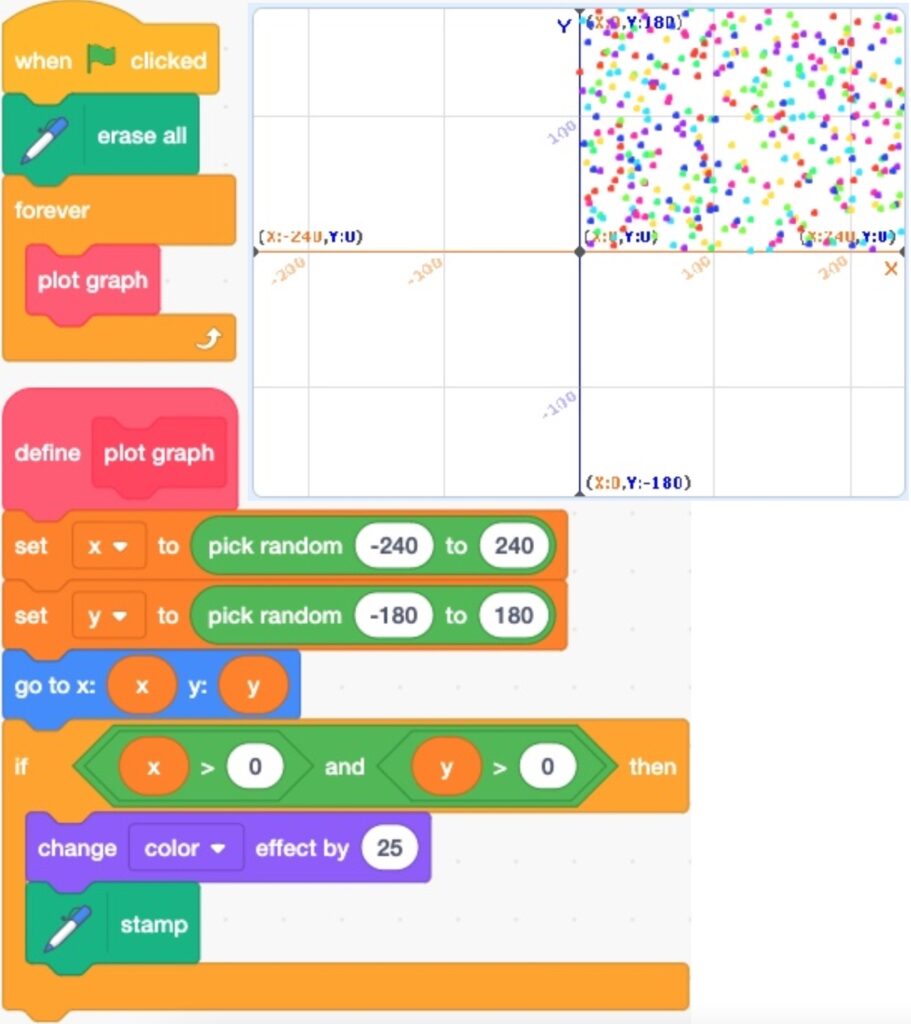
2.1
A. Alter the code as shown below.

- Predict how the output will change.
- Run the code to test your prediction.
- Explain the result.
B. Alter the code as shown below.

- Predict how the output will change.
- Run the code to test your prediction.
- Explain the result.
C. Alter the code to get the output shown below.
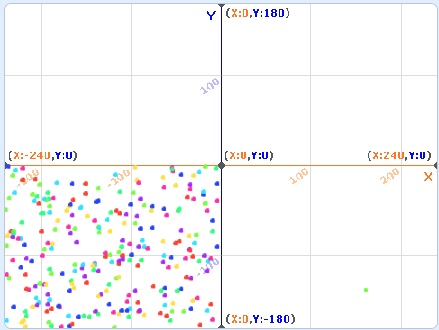
D. Alter the code as shown below. [Notice that “and” changed to “or”]

- Predict how the output will change.
- Run the code to test your prediction.
- Explain the result.
2.2
Alter the code in other ways to get similar results.
- What have you learned about about inequalities and their graphs?
- What else do you want to know?
3. PUZZLE #3 – grades 7/8
- Go to https://scratch.mit.edu/projects/507100358/editor
- The code and the output as shown below.
- Run the code.
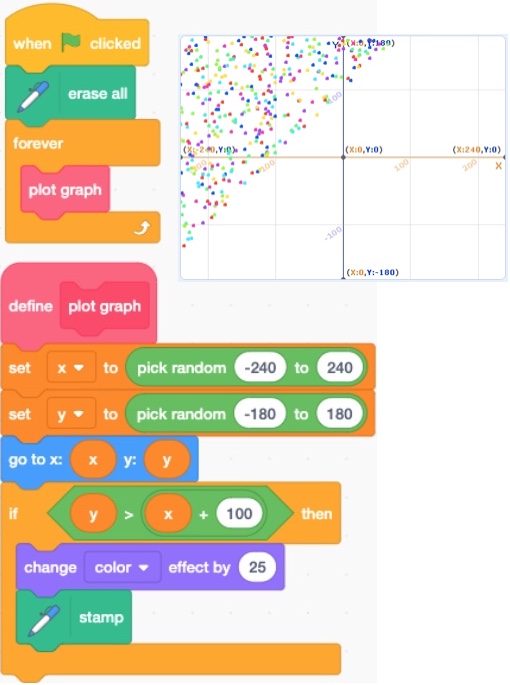
3.1
A. Alter the code to get the output shown below.
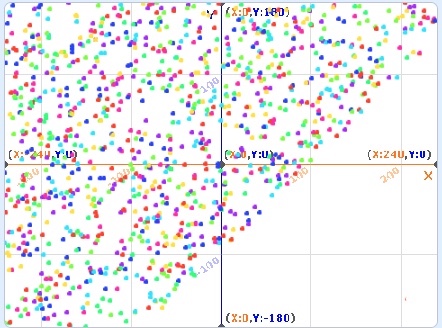
B. Alter the code to get the output shown below.
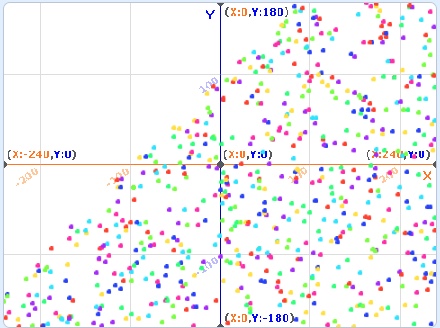
3.2
Alter the code in other ways and notice the effect.
- What more have you learned about about inequalities and their graphs?
- What else do you want to know?
4. PUZZLE #4 – grades 7/8
- Go to https://scratch.mit.edu/projects/540225499/editor/
- Run the code.
- The output is shown below.
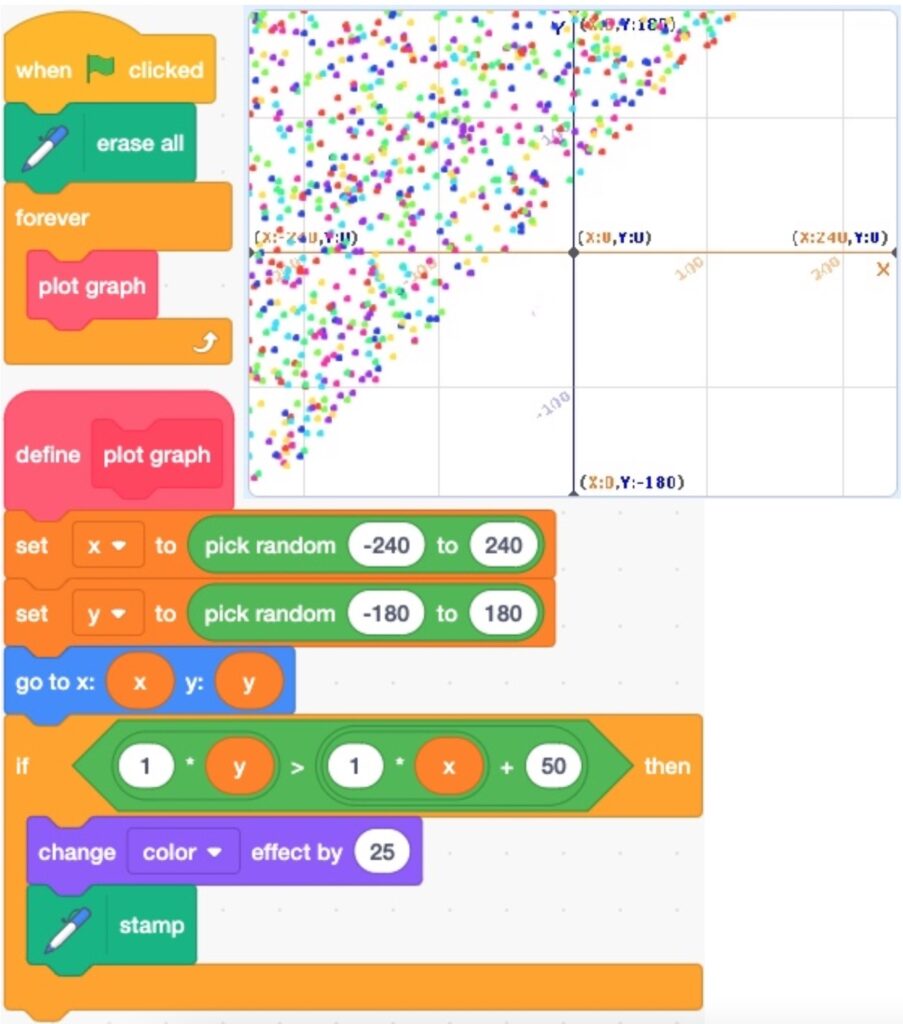
4.1
A. Alter the code as shown below.

- Predict how the output will change.
- Run the code to test your prediction.
- Explain the result.
B. Alter the code as shown below.

- Predict how the output will change.
- Run the code to test your prediction.
- Explain the result.
C. Alter the code as shown below.

- Predict how the output will change.
- Run the code to test your prediction.
- Explain the result.
4.2
Alter the code in other ways to get similar results.
- What more have you learned about inequalities and their graphs?
- What else do you want to know?
Grades 5-6 WORKSHOP
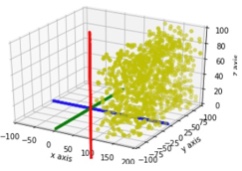
D. BIG PICTURE #2

CODING OFFERS ADVANTAGES
- Coding models mathematics concepts & relationships dynamically
- It makes abstract ideas feel tangible
- It affords agency
- It offers a low floor and a high ceiling
- Coding has the potential to change what mathematics can be done and who can do it.
DON’T TEACH CODING, TEACH MATH
- The pressure around us is to teach all kids how to code
- Mathematics education is about offering all students access to the structure, beauty and wonder of mathematics
- Coding is a great tool to think with, especially when we have good conceptual structure of the mathematics
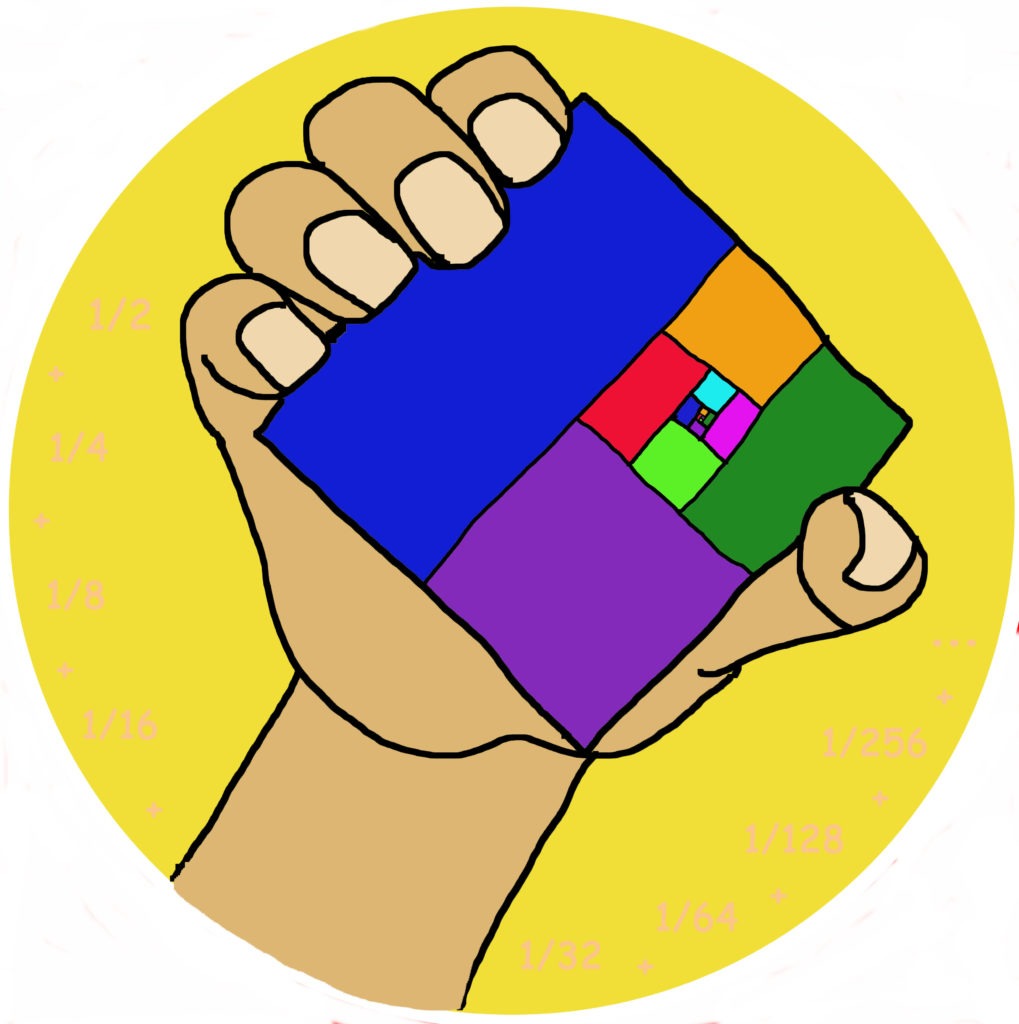
E. EVAPORATION RATES
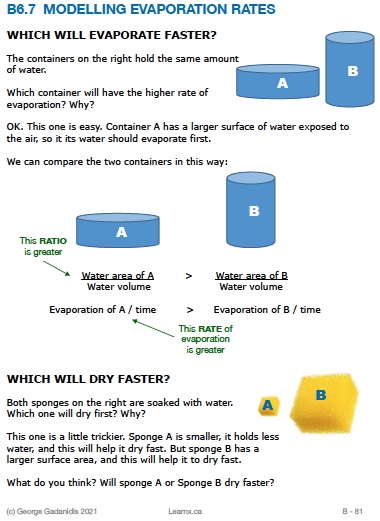
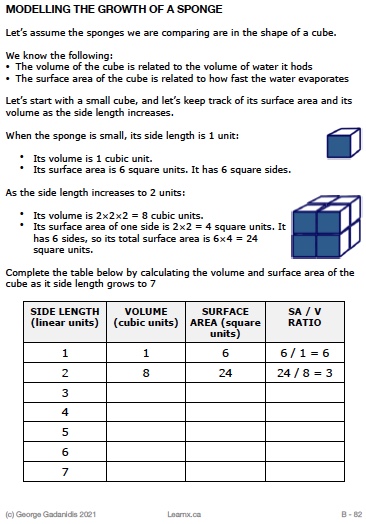
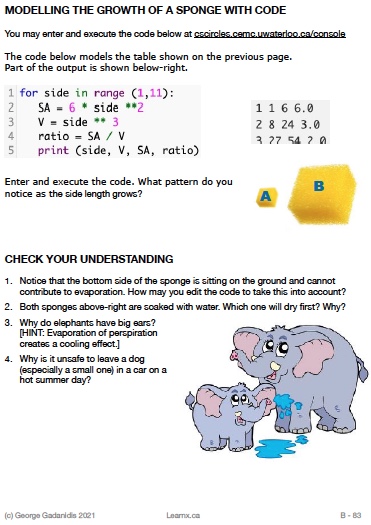
Let’s model this with Python –https://colab.research.google.com/drive/1I_AHVoWqFgWBZU7eEMMgBUK0pkJzlRPx?usp=sharing
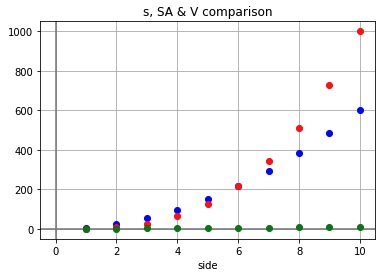
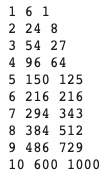
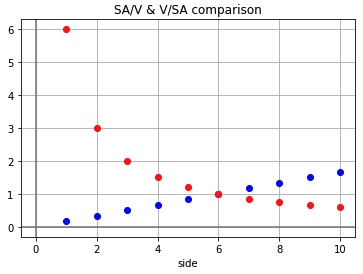
F. NATURAL DENSITY
Examples
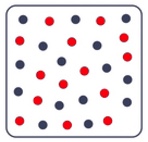
- d(even numbers) = 0.5
- what is the probability that a random natural number is odd?
- d(multiples of 5) = 0.2
- what is the probability that a random natural number is a multiple of 5?
- d(multiples 0f 10) = 0.1
- what is the probability that a random natural number is a multiple of 10?

NATURAL DENSITY OF SQUARE NUMBERS
A SURPRISE
- d(square numbers) = 0
- what is the probability that a random natural number is a square number?
How do we make sense of d(square numbers) = 0 ?
Here is one way …
page 38
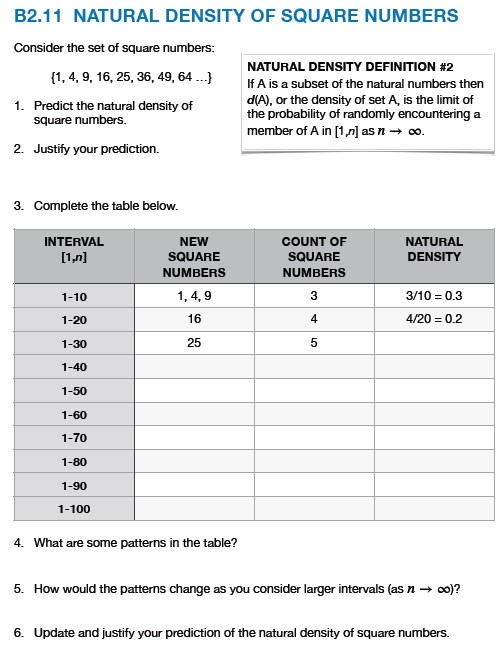
Here is the completed table.
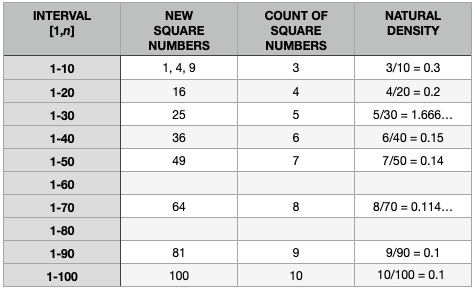
page 39
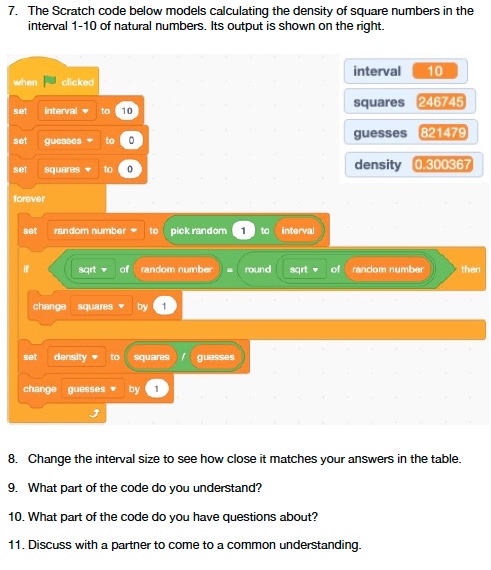
The Scratch code shown above is available at https://scratch.mit.edu/projects/565845359/editor
algebraically

G. +/-/x RELATIONS
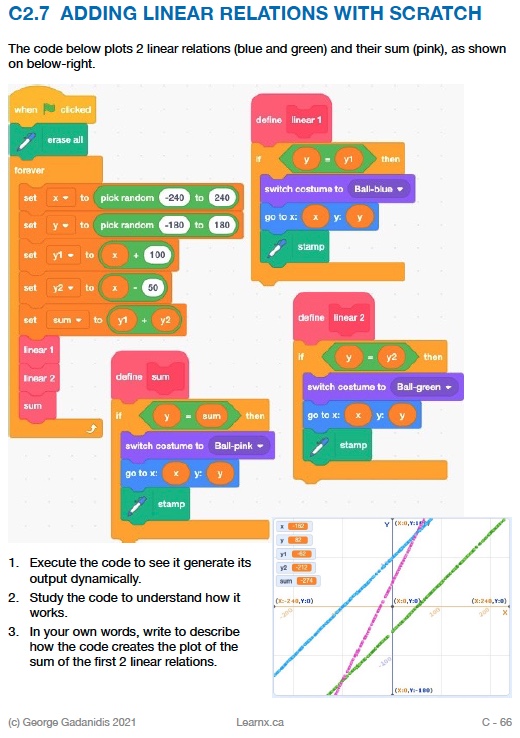
Adding relations … Try the code at https://scratch.mit.edu/projects/557365154/editor
Multiplying relations … Try the code at https://scratch.mit.edu/projects/557347523/editor/
H. READINGS
Integrated Mathematics + Computer Science – Grade 10: Reforming Secondary School Mathematics Education (April 2018). Read the White Paper by CT CoP members, George Gadanidis (Western University) and Jeff Cummings (Wellington Catholic DSB). See the Grades 1-3 lesson studies.
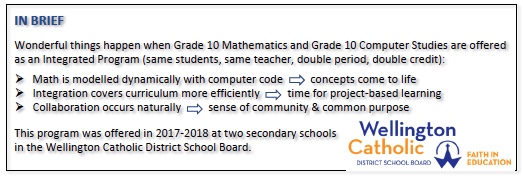
Coding in the Ontario Mathematics Curriculum, 1-8: Might it be transformational? Read the March 2021 report at http://mkn-rcm.ca/wp-content/uploads/2021/03/CL-mkn-v3.pdf
